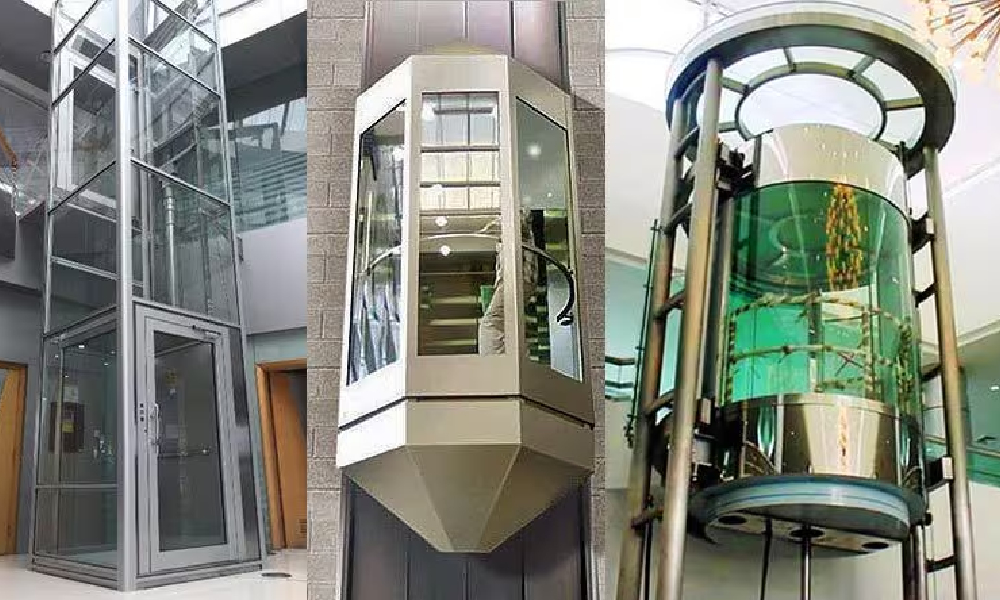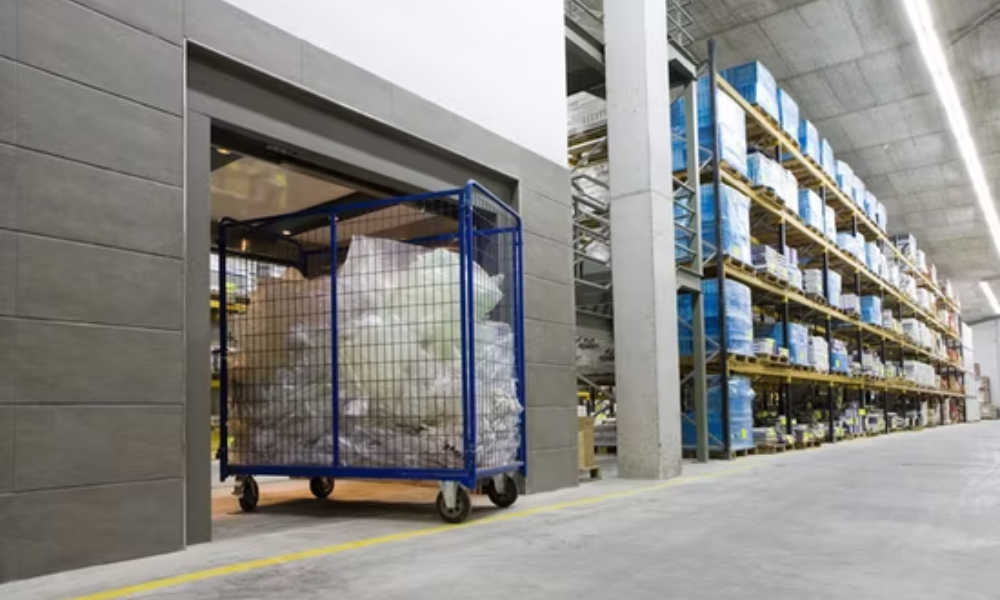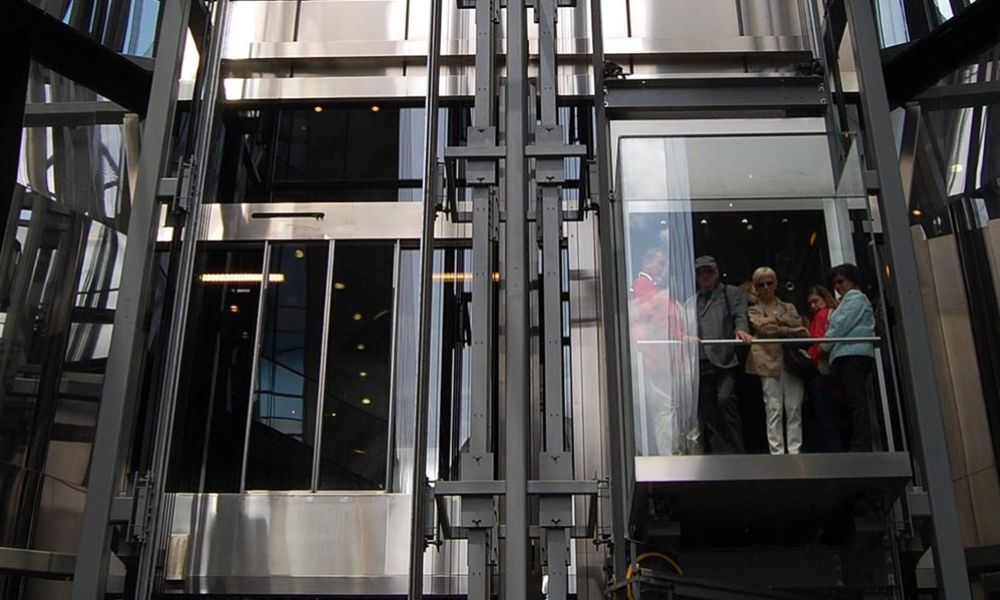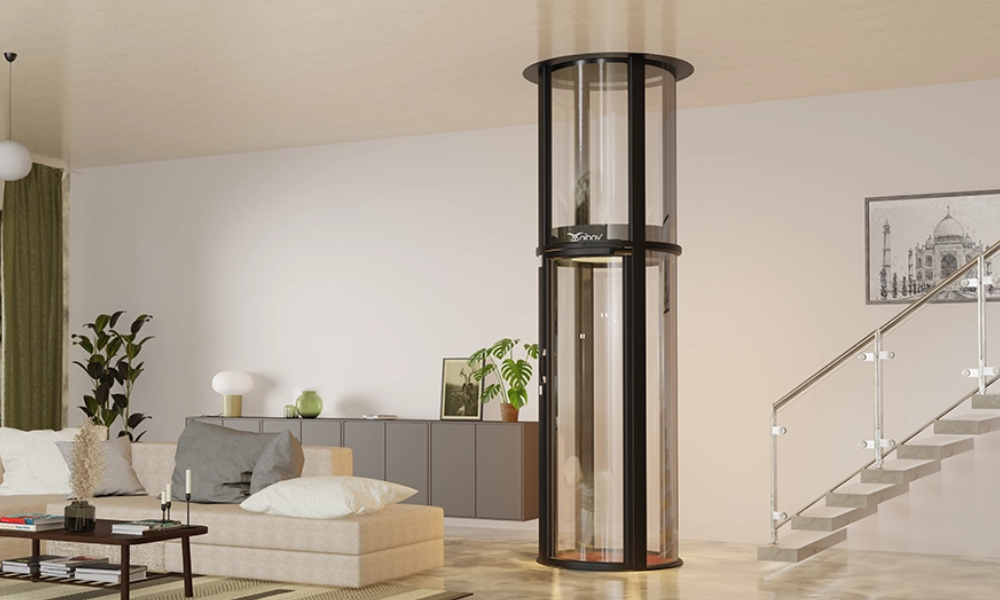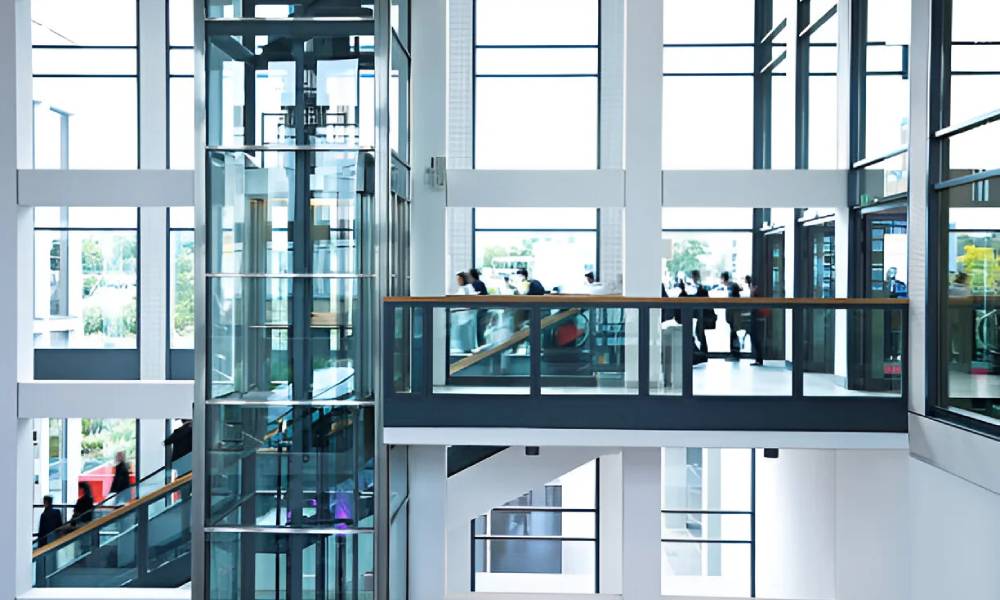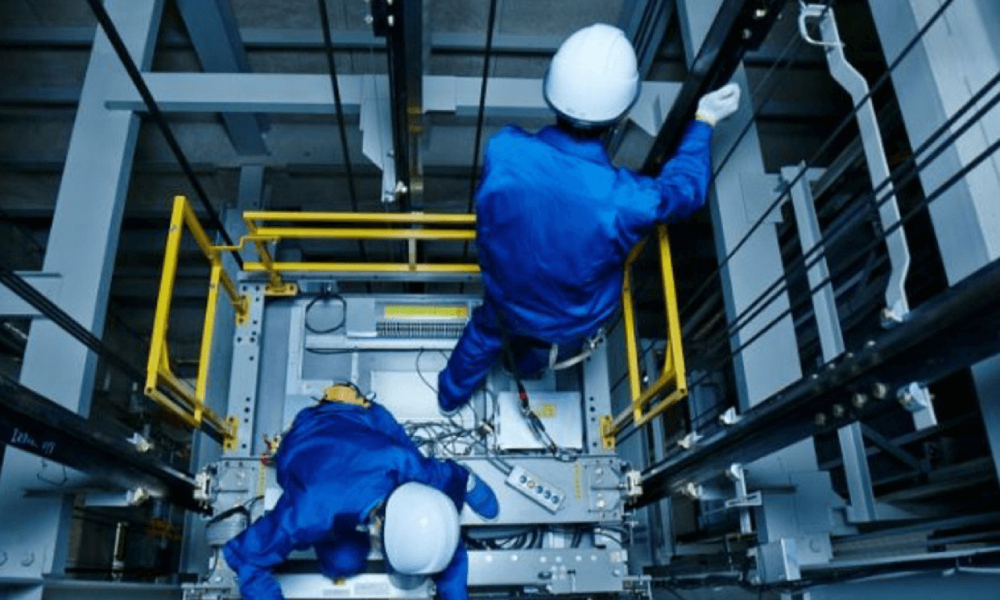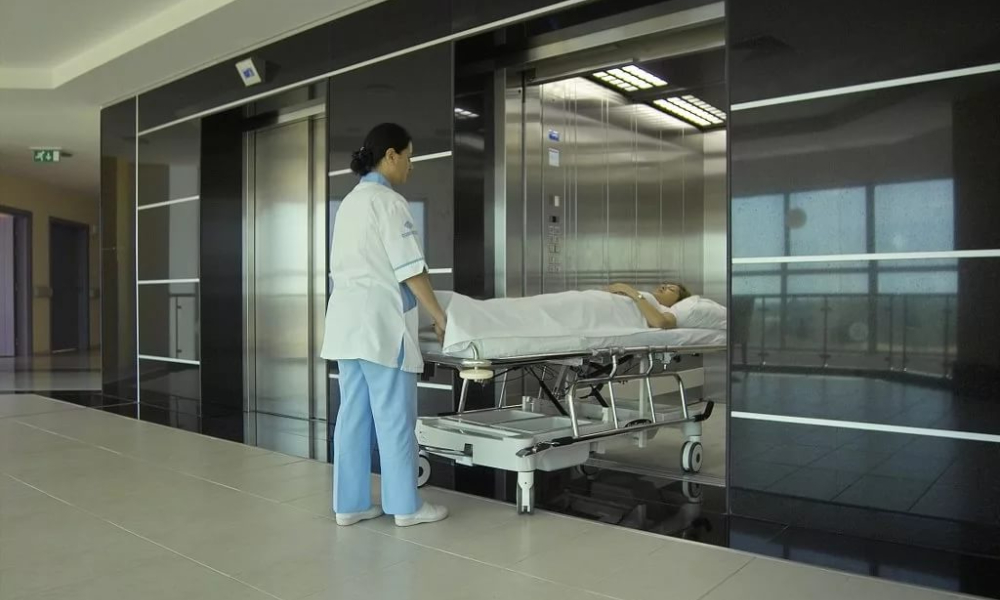
Best Hospital Elevator Installations in Delhi | DT Allianz Lifts
In the dynamically growing healthcare network of Delhi, hospitals are not only treatment centers—they are lifesaving establishments where time, accuracy, and efficiency may literally be the difference between life and danger. Perhaps one of the most key yet least considered parts of any hospital's operations is its elevator system. Particularly in a metropolis like Delhi, where volumes of patients are large and vertical development is growing at a great pace, hospital elevators have become a necessity for the smooth and safe functioning of medical establishments.
This blog delves into the importance of hospital elevators, their key features, and the increased need for their installations in Delhi. It also discusses key considerations hospitals need to make prior to selecting and installing an elevator system.
Why Hospital Elevators Are So Important
Unlike office or residential elevators, hospital elevators have extremely specific and sensitive functions. Their functionality and design influence patient care, emergency response, and staff efficiency directly.
1. Patient Transfers with Dignity and Safety
Hospital elevators need to be fashioned so that they can transport stretchers and wheelchairs comfortably. These elevators keep patients, especially those in critical care, safe while being moved between emergency rooms, ICUs, operating theatres, and wards with least disruption.
2. Emergency Efficiency
Seconds are crucial when there is a cardiac arrest, trauma case, or other emergency. Hospital elevators need to run at high speeds and have priority controls so that instant vertical access is possible during an emergency.
3. Support for Medical Staff
Physicians, nurses, and technicians frequently travel between departments, with critical equipment, samples, and drugs in hand. Effective elevators minimize wastage of time and help the smooth execution of medical procedures.
4. Equipment and Utility Transfers
Oxygen cylinders to diagnosis tools to trolleys, elevators have to carry tremendous loads while ensuring smooth, vibration-free travel to prevent any hindrance to delicate machines.
Key Features of a Modern Hospital Elevator
To facilitate all the above operations effectively, hospital elevators need special specifications. These extend way beyond regular passenger lift requirements.
Large Cabin
Hospital elevators require deeper and wider cabins to support stretchers, wheelchairs, medical staff, and sometimes an accompanying relative—all simultaneously.
Noiseless and Vibration-Free Operation
Sick patients, unconscious patients, or post-operative patients require quiet spaces. Elevator technology has to provide vibration-free and noise-free operation.
Anti-bacterial Surfaces
Interior cabins should be constructed of easy-to-clean, anti-microbial surfaces such as stainless steel or covered panels. This lowers the risk of infection—a crucial factor in hospitals.
Advanced Safety Systems
Elevators should be equipped with features including:
- Automatic Rescue Devices (ARD)
- Emergency communication systems
- Overload sensors
- Fire-rated doors and emergency ventilation
Accessibility Controls
Elevators must have braille keys, voice prompts, and low-height control panels so that disabled users or patients can easily use them.
Backup Power Supply
Power failure is not an option when it comes to healthcare. Hospital elevators need to work without a glitch during power cuts via UPS systems or generator backup.
Why Hospital Elevators Are in High Demand in Delhi
Delhi, being a medical hub, draws patients not just from within India but also abroad. With government and private hospitals upgrading and expanding facilities, installation of elevators has grown massively.
Urban Vertical Expansion
With limited land space, most hospitals in Delhi are being planned vertically. As floors grow more, elevator systems become the hub of day-to-day operations.
Higher Patient Turnout
From government hospitals such as AIIMS to corporate multi-specialty centers, the day-to-day volume of patients in Delhi requires quick, efficient vertical transportation of people and material.
Integration with Smart Infrastructure
Hospitals in Delhi are increasingly making use of smart building management systems (BMS). IoT-enabled modern elevators provide remote diagnostics, predictive maintenance, and real-time monitoring.
Government-Funded Healthcare Upgrades
Initiatives such as Ayushman Bharat and state-specific health missions are resulting in new hospital projects and retrofitting of existing ones—most of which need new elevator installations.
What Hospitals Should Consider Before Elevator Installation
Prior to installing an elevator, hospitals must consider a number of technical and operational details to guarantee long-term performance and safety.
Shaft and Structural Planning
Positioning of elevator shafts must be incorporated into architectural designs to allow for free flow of traffic and least structural interference.
Load Calculations
Lifts need to be designed to accommodate not only people, but also heavy equipment such as medical equipment. Load capacity is usually between 1,000 to 2,500 kg for hospital lifts.
Flow Management
In big hospitals, it may be necessary to have several elevators to serve various types of traffic—one patient, one staff, and another waste management. Zoning minimizes cross-contamination.
Compliance with Regulations
Installations must comply with standards laid down by BIS (Bureau of Indian Standards), ISO, and local fire and municipal authorities.
Energy Efficiency
Regenerative drive system elevators use less energy and help achieve a hospital's sustainability objectives.
Installation and Maintenance: The Long-Term Perspective
Besides proper installation, hospital elevators should also be regularly maintained. While commercial elevators can survive a brief malfunction, a malfunctioning elevator in a hospital can lead to disastrous effects.
Preventive Maintenance
Periodic servicing, checks, and replacement of worn parts can avoid surprise breakdowns.
24/7 Emergency Support
Hospitals need service partners with instant assistance in case of emergencies. This involves having spare parts and rapid response technicians on hand.
Upgradation Options
With increasing hospital needs, elevator systems can be upgraded for greater speed, weight, or smart integrations. Having a provider who provides these services guarantees long-term support.
A Trusted Elevator Solution Provider
In the Indian capital city, where medical excellence converges with infrastructural ingenuity, selecting a reputable hospital elevator provider is paramount. One firm that stands out here is DT Allianz Lifts. Reputable for providing safe, dependable, and sophisticated vertical mobility solutions, they specialize in providing customized elevator systems specially suited for hospital settings. With emphasis on safety, quiet operation, and long-term reliability, their hospital elevators are engineered to adhere to the highest medical standards.
Conclusion
Elevator installations in Delhi hospitals are no longer merely a matter of convenience—they are an essential necessity for effective healthcare delivery. From providing quick emergency response to facilitating easy patient transfer and aiding medical personnel, elevators are part of hospital functionality.
As the health infrastructure of Delhi keeps expanding, futuristic, hygienic, and technologically sophisticated elevator systems will take the lead. If selected carefully, installed expertly, and serviced properly, the elevators can become more than mere vertical conveyance systems, but sound partners in saving lives.
Whether building a new hospital or upgrading an existing one, it is vital to invest in quality hospital elevator solutions that prioritize patient safety, efficiency, and long-term reliability. The right elevator system is more than a piece of machinery—it's an essential part of Delhi’s journey toward world-class healthcare.

